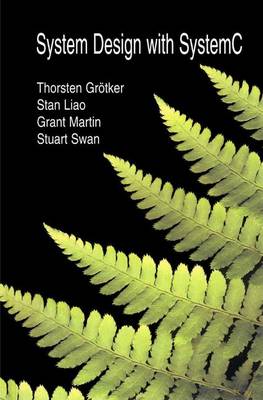I am honored and delighted to write the foreword to this very first book about SystemC. It is now an excellent time to summarize what SystemC really is and what it can be used for. The main message in the area of design in the 2001 International Te- nologyRoadmapfor Semiconductors (ITRS) isthat"cost ofdesign is the greatest threat to the continuation ofthe semiconductor roadmap. " This recent revision of the ITRS describes the major productivity improvements of the last few years as "small block reuse," "large block reuse ," and "IC implementation tools. " In order to continue to reduce design cost, the - quired future solutions will be "intelligent test benches" and "embedded system-level methodology. " As the new system-level specification and design language, SystemC - rectly contributes to these two solutions. These will have the biggest - pact on future design technology and will reduce system implementation cost. Ittook SystemC less than two years to emerge as the leader among the many new and well-discussed system-level designlanguages. Inmy op- ion, this is due to the fact that SystemC adopted object-oriented syst- level design-the most promising method already applied by the majority of firms during the last couple of years. Even before the introduction of SystemC, many system designers have attempted to develop executable specifications in C++. These executable functional specifications are then refined to the well-known transaction level, to model the communication of system-level processes.
- ISBN13 9781441952851
- Publish Date 3 December 2010 (first published 1 January 2002)
- Publish Status Active
- Publish Country US
- Imprint Springer-Verlag New York Inc.
- Edition Softcover reprint of hardcover 1st ed. 2002
- Format Paperback
- Pages 219
- Language English
